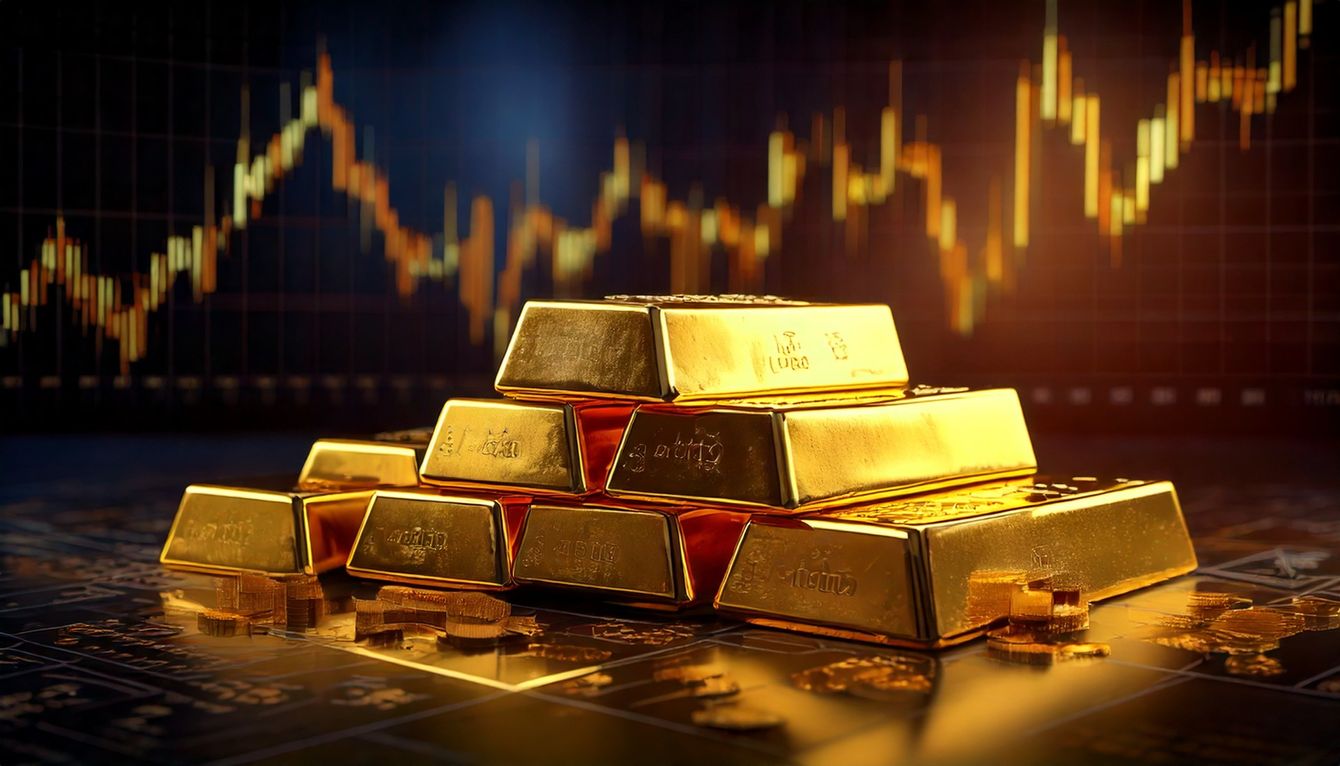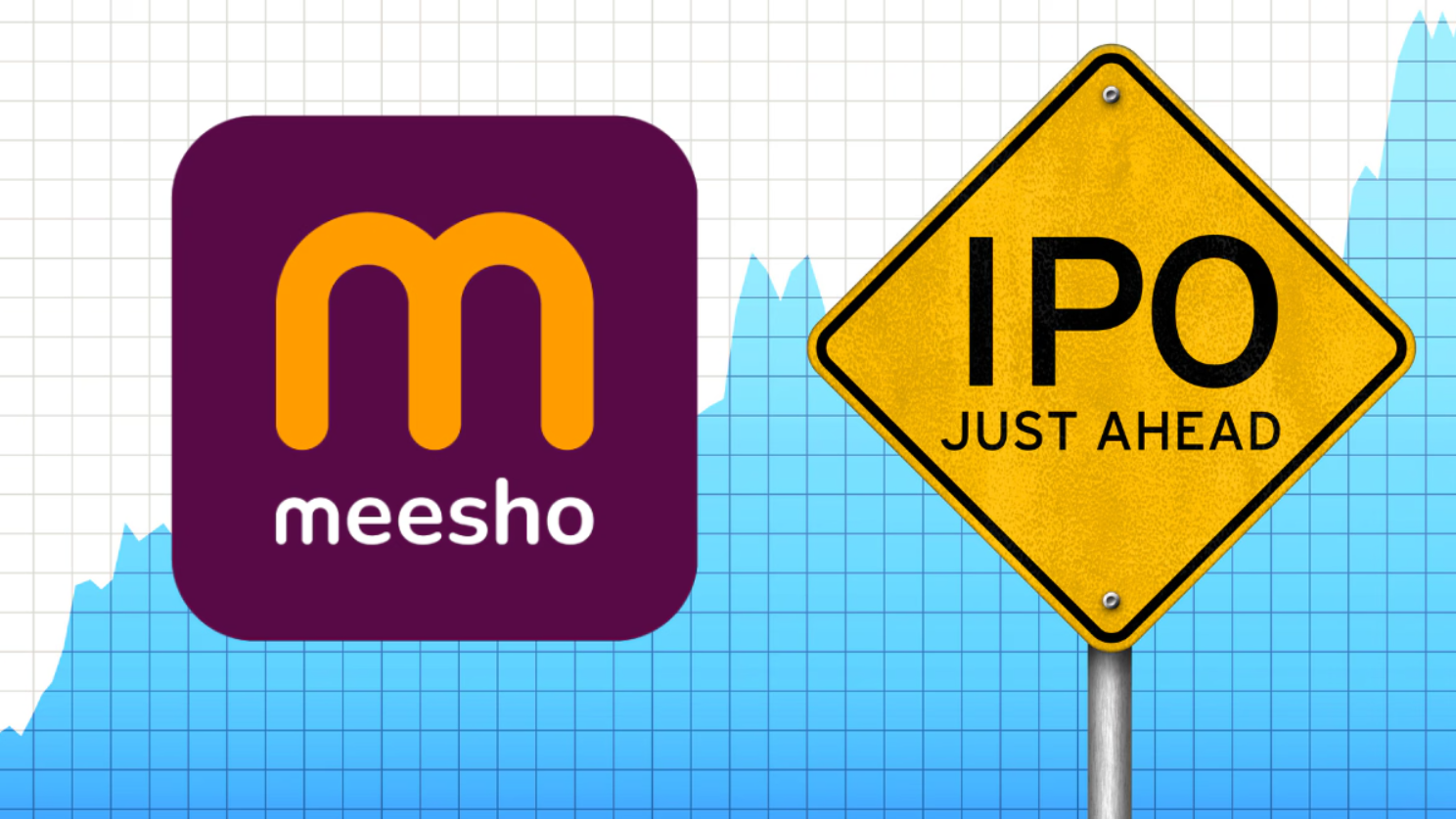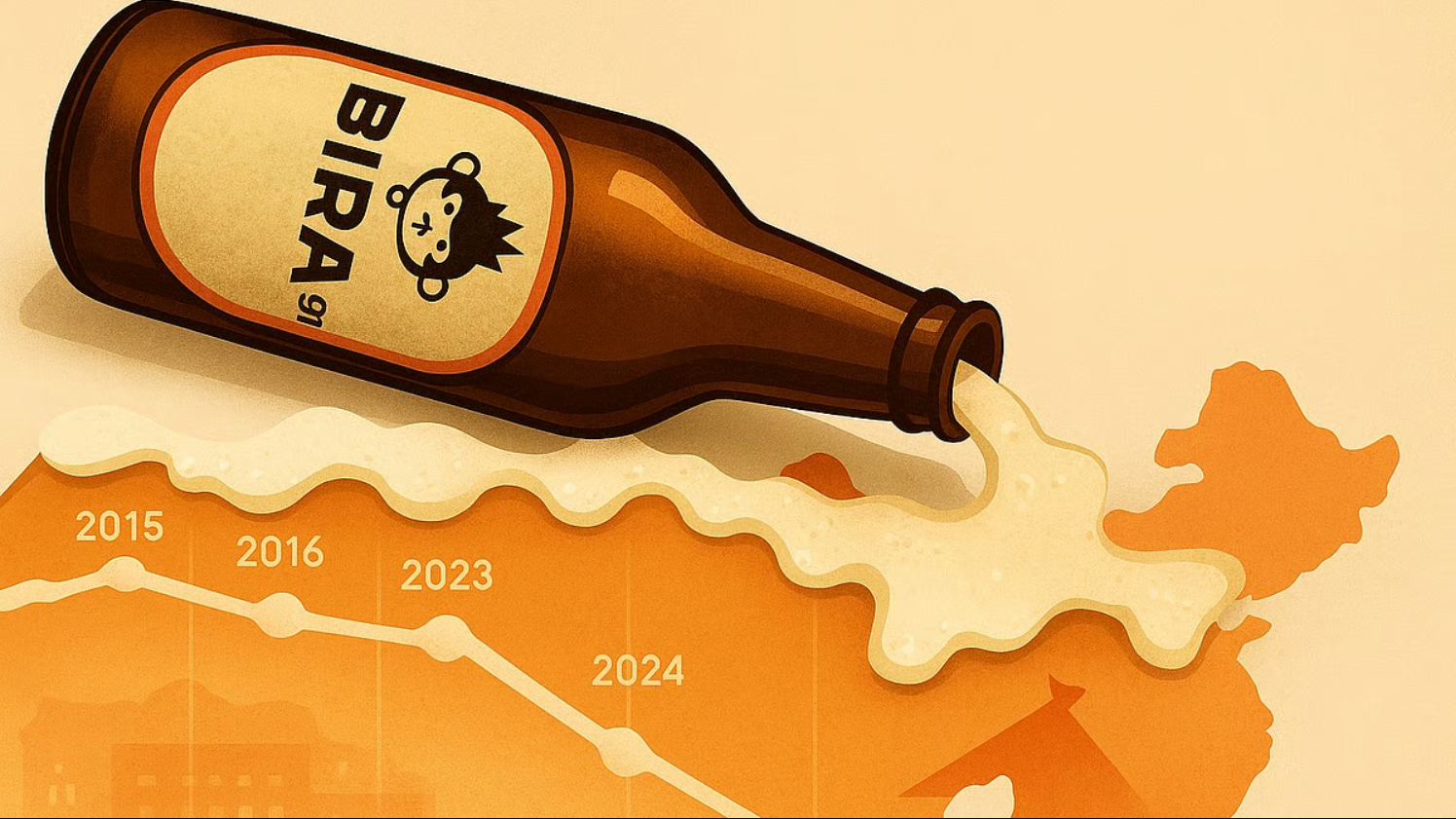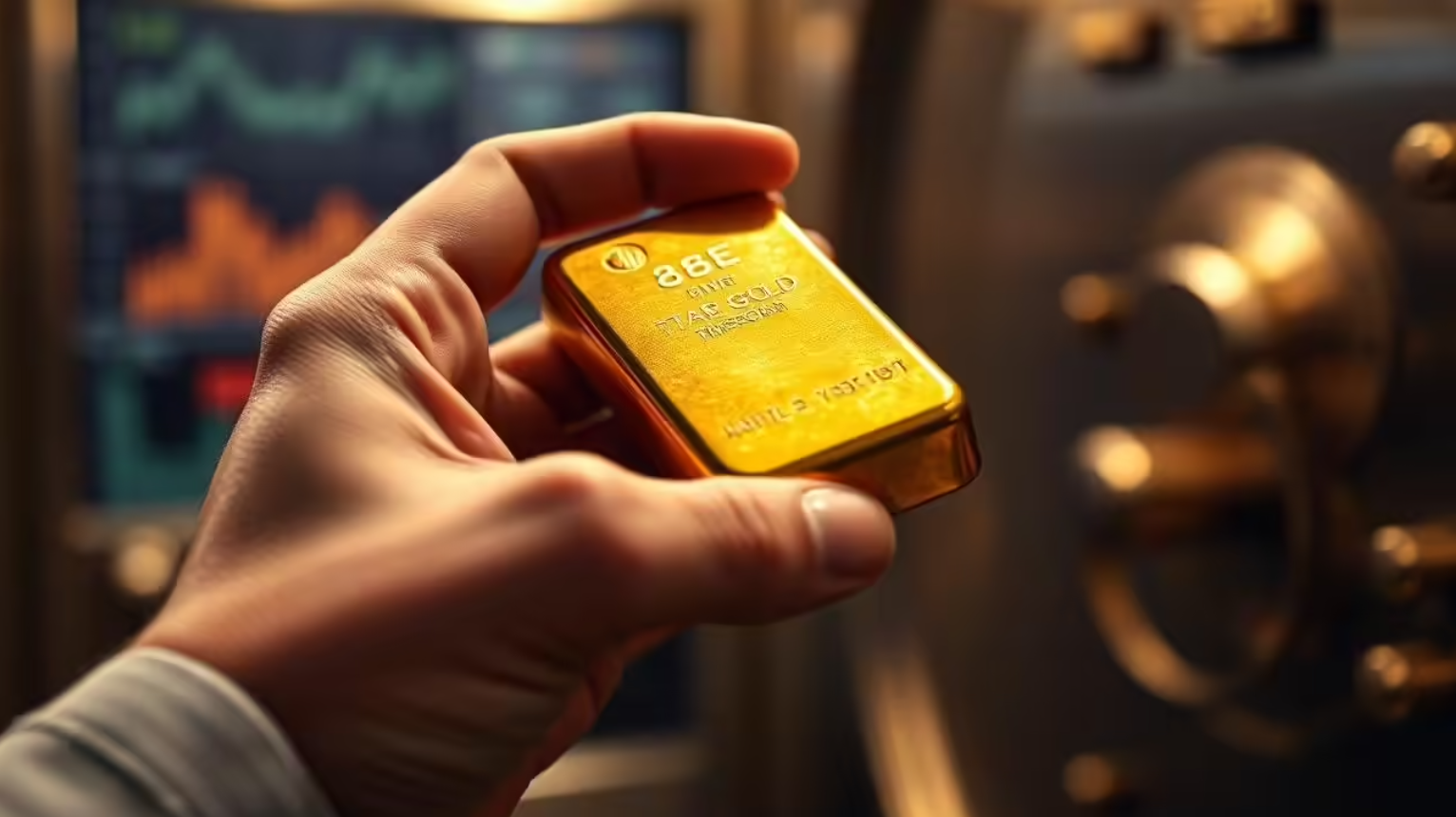Gold has been on a powerful upward ride since 2022, delivering a return of over 90 percent in just three years. Central banks played a major role in this rally by stepping in as major buyers, stockpiling massive amounts of gold to diversify reserves and hedge against economic uncertainties. But as of 2025, the trend shows signs of cooling.
According to the World Gold Council, central banks purchased 1,082 tonnes of gold in 2022, 1,037 tonnes in 2023, and an all-time high of 1,180 tonnes in 2024. These figures far exceeded the gold accumulation seen in 2020 and 2021, where purchases remained below 1,000 tonnes. This surge in demand coincided with gold prices climbing from 1,730 dollars in July 2022 to 3,330 dollars in July 2025, representing a significant gain over a relatively short period.
Gold’s role as a reserve asset has never been more critical. Today, gold constitutes around 20 percent of total foreign exchange reserves held by central banks worldwide. This positions it just behind the dollar, which holds a 46 percent share, and ahead of the euro, which accounts for 16 percent.
However, the pattern of buying in 2025 has shifted. In the first two quarters of this year, central banks purchased only 244 tonnes in the first quarter and 166 tonnes in the second. While countries like Poland, Azerbaijan, Turkey, Kazakhstan, and China continue to lead the purchases, the pace has certainly slowed.
Estimates from Metals Focus, a key metals research firm, suggest that central bank gold purchases might drop by 8 percent this year but could still reach the 1,000-tonne mark by December. Other projections, however, warn that total purchases could dip below that threshold for the first time in four years.

What complicates the picture is the level of transparency. Many governments are believed to be disclosing only a fraction of their gold transactions. According to the World Gold Council’s 2025 survey, about 43 percent of central banks still intend to add to their reserves in the coming year. But whether these purchases will materialize at the same scale remains uncertain.
Since July, gold prices have hovered around 98,350 rupees per 10 grams in India, nearly unchanged from two months ago. Globally, the price has traded within a narrow range, indicating indecision among investors and institutional buyers alike.
Several macroeconomic factors are now influencing sentiment. The earlier tailwinds that had boosted gold — such as economic uncertainty, inflation fears, and a weak dollar — are beginning to fade. The dollar has rebounded by three percent after declining by ten percent, and recent trade agreements under the Trump administration have brought a level of clarity to global markets.
Yet, risks persist. The United States continues to face fiscal challenges, and credit rating agency Moody’s recently downgraded the US credit rating from Aaa to Aa1. These developments still present a strong case for gold as a defensive asset. If these risks diminish and a more stable global recovery takes hold, gold could see a sharp correction, possibly in the range of ten to fifteen percent.
Central banks currently hold an estimated 36,305 tonnes of gold as of April 2025. While some investors believe these institutions have insights about the future of the economy and the dollar that the public does not, the slowdown in buying suggests growing optimism about global economic prospects.
For now, gold continues to benefit from an environment filled with caution. Until clear signs of growth and peace emerge globally, the metal will likely remain in demand, even if at a slower pace.
For the latest updates on gold prices, economic trends, and global finance, follow You Finance on Instagram and Facebook.















